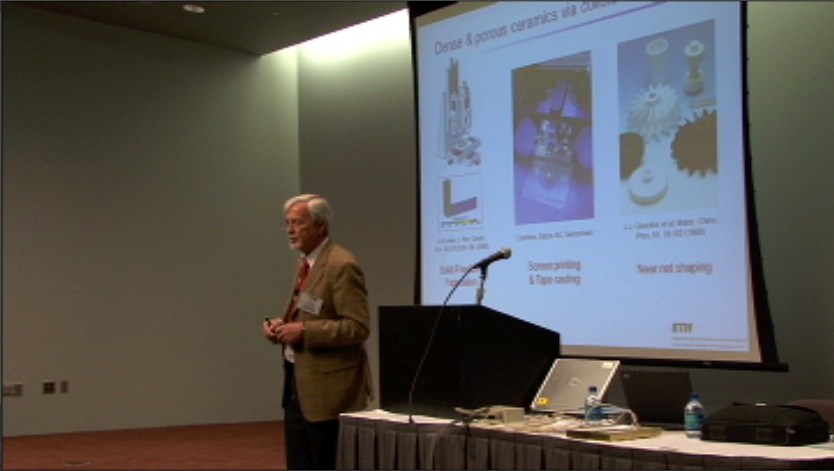
|
ETH Zurich professor Ludwig J. Gauckler gave the 2009 Edward Orton Jr. Memorial Lecture at the recently completed ACerS Annual Meeting and MST’09 Conference. Tailoring the solid–gas and solid–liquid interfaces of particles by Gauckler received his degree in physics from the University of |
